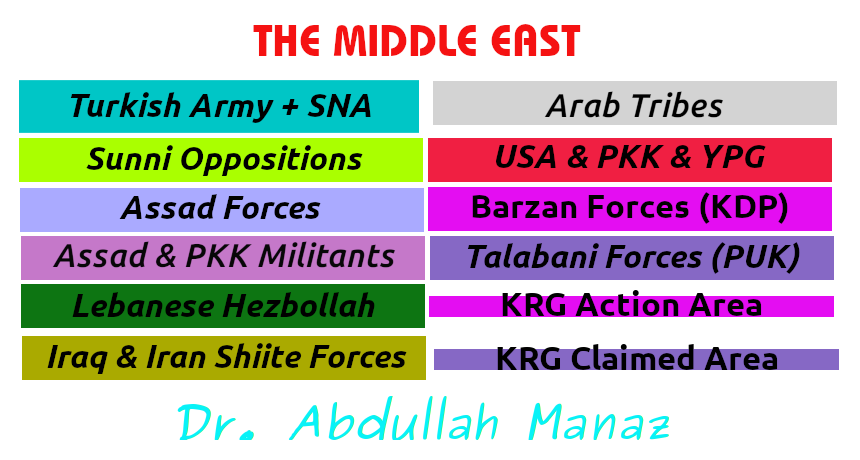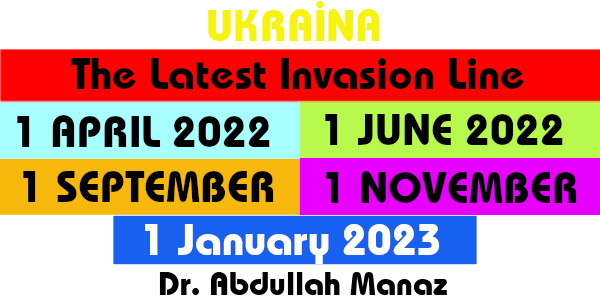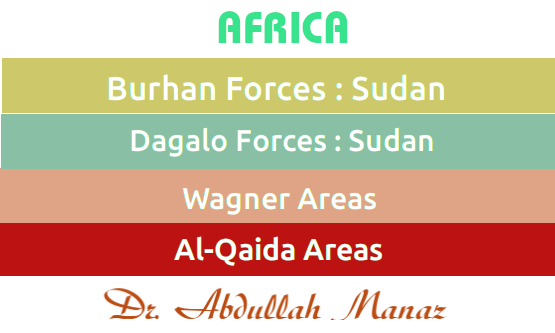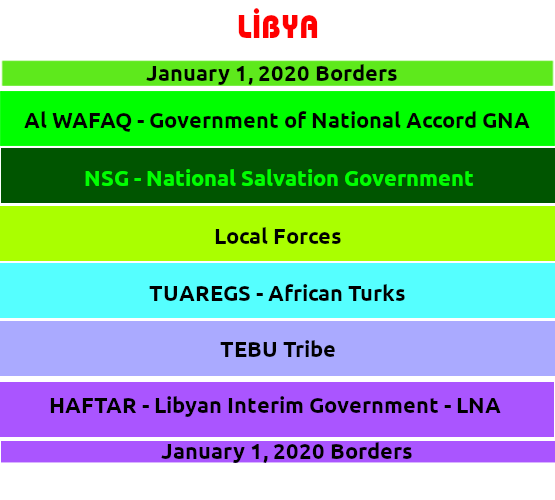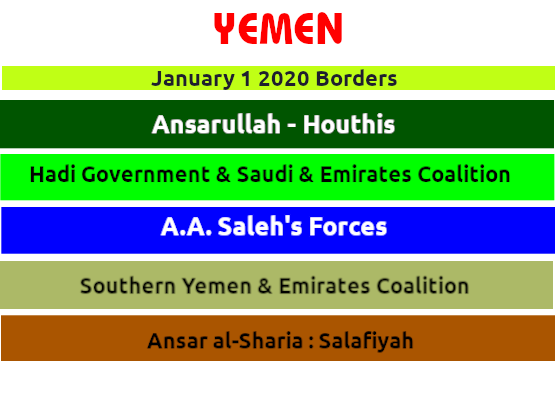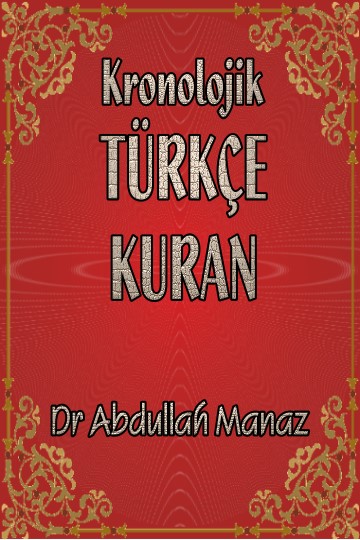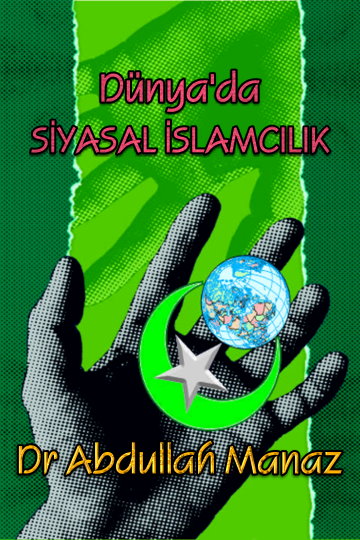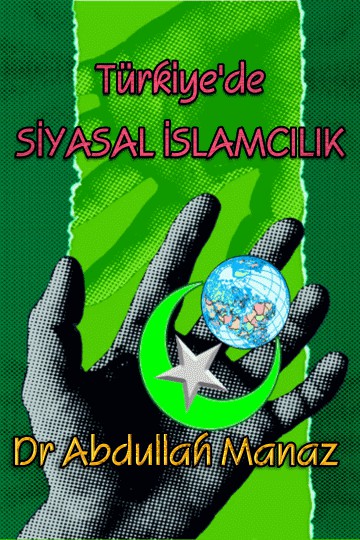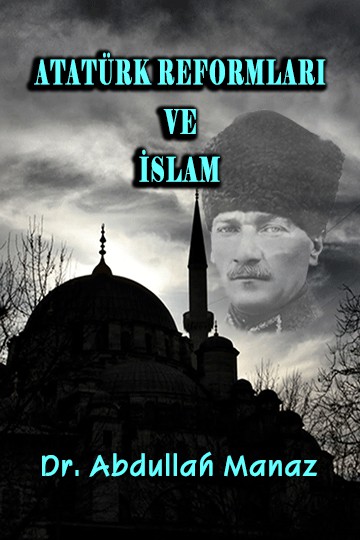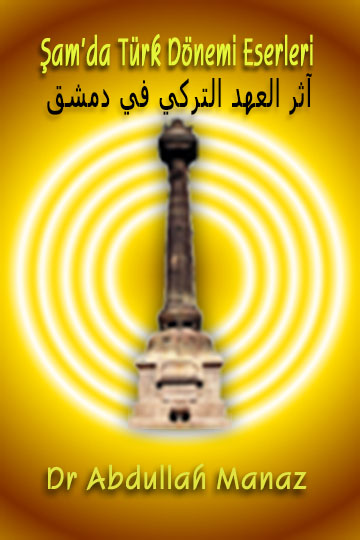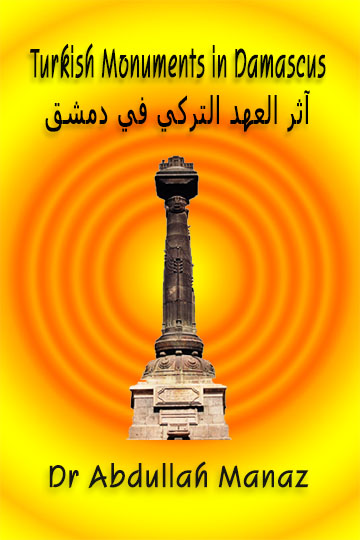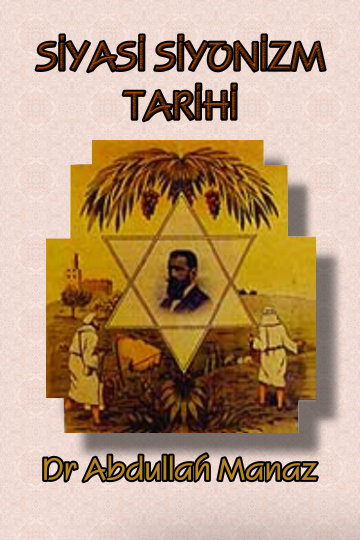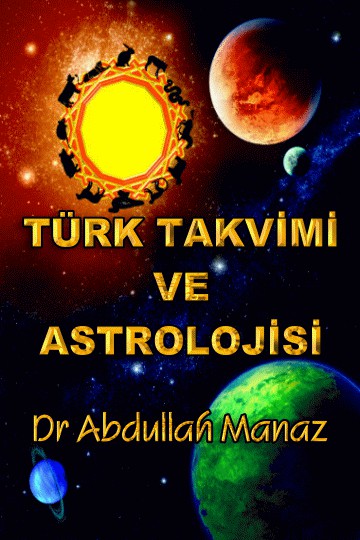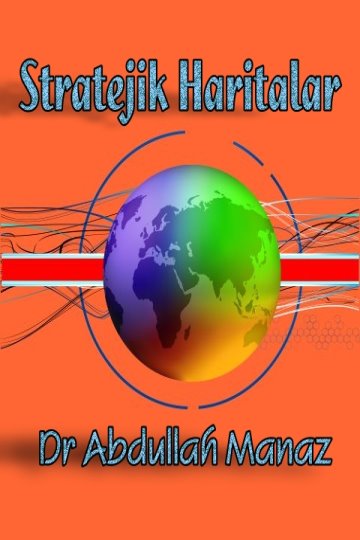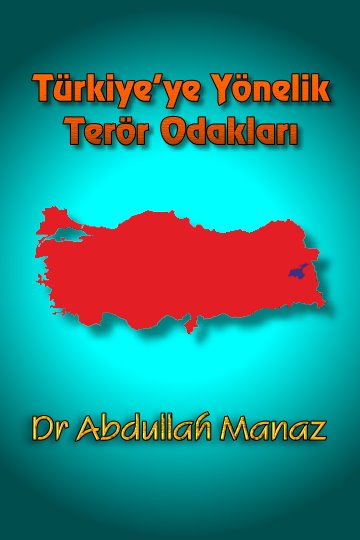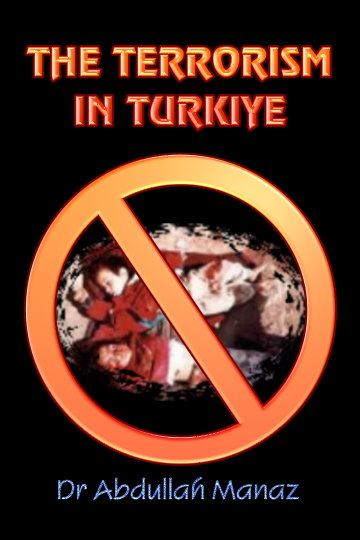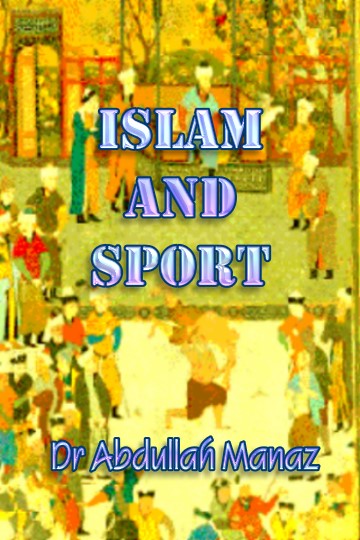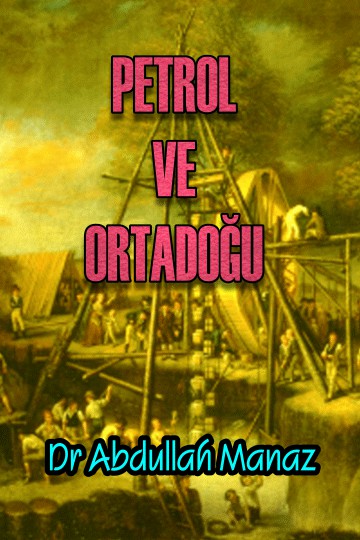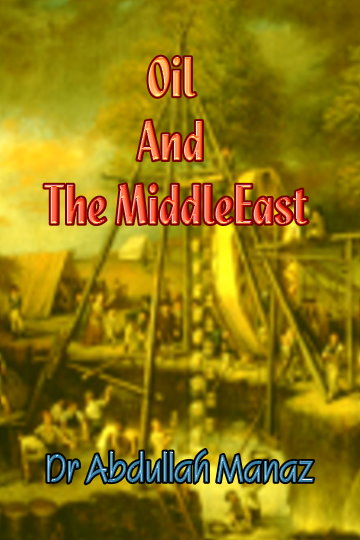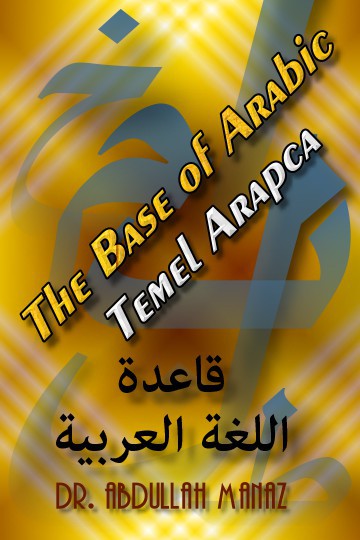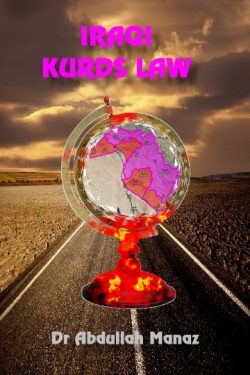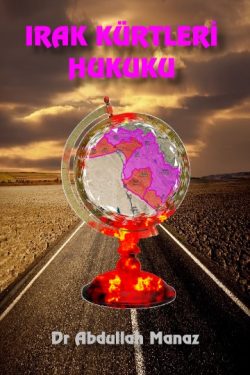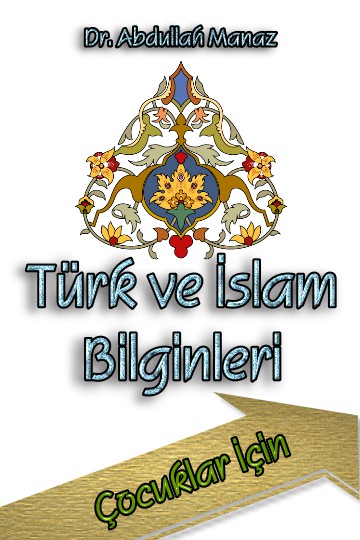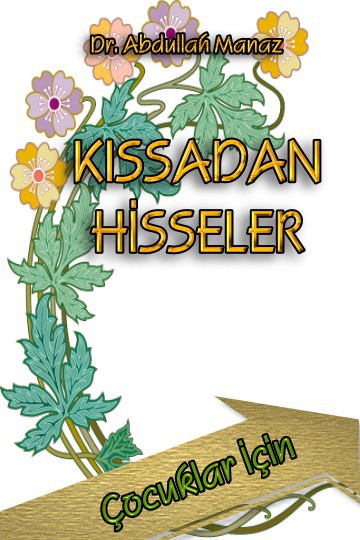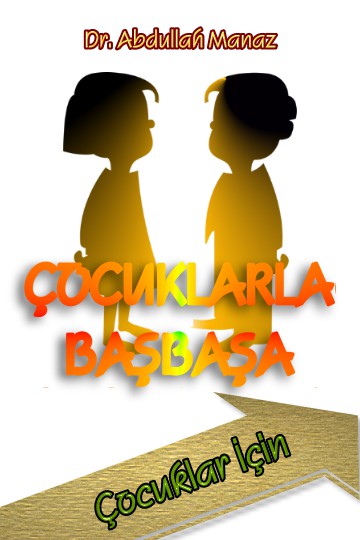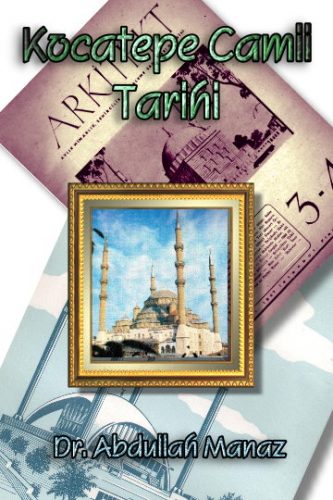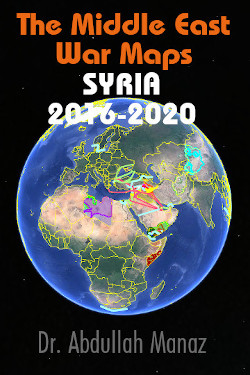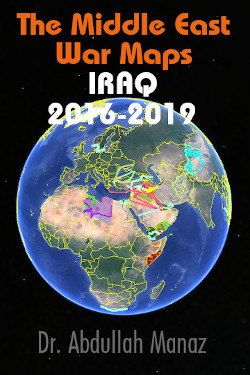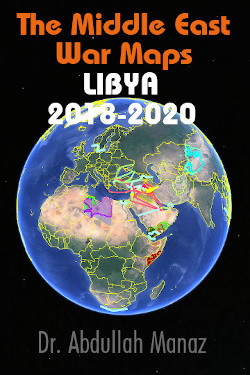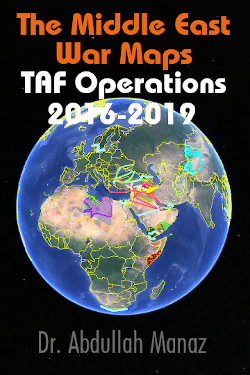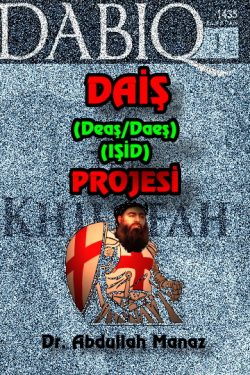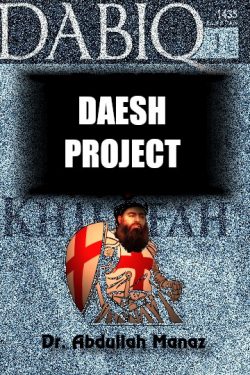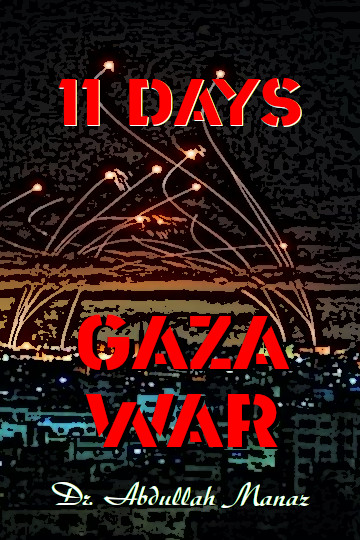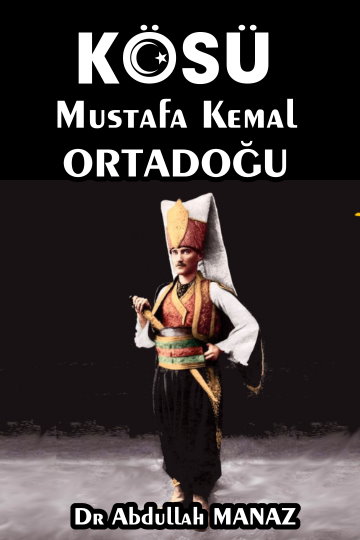PKK – KADEK’S PAST AND TODAY
Dr Abdullah Manaz – August 2002
The foundation of NATO in 1950 and Warsaw Pact in 1955 is regarded as the outset of cold war between the East and the West. The U.S. Eisenhower Doctrine concluded in March 9th, 1957 heralded the coming of hard days for 1960s. The worldwide youth movements of 1968 had also a great impact on Turkey. The Cyprus Peace Operation in 1974 led to the emergence of new enemy states and alliances against Turkey, primarily Greece.
Within these years, several organizations and associations were successively founded in Turkey. Ankara Higher Education Association was one of them. Among its members were many persons to lead PKK terror in 1980s. Organization members named Abdullah Ocalan, Kesire Yildirim, Sahin Donmez, Haki Karaer, Cemil Bayik and Kemal Pir gathered in Tuzlucayir district of Ankara in 1974. This meeting decided that each of the 6 members prepare to establish a newer organization at every region. At this stage, it was not clear who the leader would be and how the operation could be named. However, Diyarbakir, Gaziantep and Urfa were selected pilot regions for being the primary areas of organization. One of the attendants of the first meeting, Haki Karaer was killed in Gaziantep where he went for propaganda purposes by the members of Red Star, a weak Kurdish organization then.
This organization embraced the name PKK which is the abbreviation of Kurdistan Workers’ Party at a meeting in Fis village of Lice district, Diyarbakir in November 27th, 1978. The capture of Sahin Donmez, one of the founder members, in 1979 was the first significant impact on PKK. When the party activities were deciphered by the security forces, the panic-stricken members of the organization went to Lebanon via Syria and moved to Bekaa Valley. The earlier Palestinian Helve camp 2 kilometers far from the Syrian frontier was conferred on the PKK organization. Abdullah Ocalan, the leader of the terror organization, chose Damascus, capital city of Syria, as his headquarters. In addition, it was also claimed that in 1980 he used Rifad Esad’s residence in Kardaha town, Lazkiye for his love affairs. Syrian Kurds and Armenians were highly influential in ruling the organization.
The Military Operation of 12th September was a well-timed occasion for the capture of many organization members who were unable to go abroad. At this time, PKK was almost extinguished within the country.
PKK terror organization which moved its command and training centers abroad held its First National Conference in Beirut between 15th and 26th July, 1981. At this meeting, the organization adopted a regular guerilla warfare model called the Viet-Cong model. Meanwhile, the organization members imprisoned in Turkish penitentiaries were provoked to revolt, propaganda and gather strength. A board member of PKK, Mazlum Dogan’s suicide by hanging himself in his cell on March 21st, 1982, some militants’ burning themselves on May 18th, 1982, some organization members’ fasting to death on July 14th, 1982 were examples of PKK‘s resurrection efforts. As a matter of fact, the PKK terror organization drew full attention through these actions.
The PKK terror organization held its 2nd Conference in Damascus, capital city of Syria, between 20th and 25th August, 1982. It was decided at this meeting that an independent state of Kurdistan was founded via armed warfare and trained militants were sent to act in Turkey. In accordance with this decision, training support concerning guerilla tactics was given by terrorist organizations in Lebanon. It was planned to establish minor committees in secure villages of the so-called Botan country in Southeastern Anatolian region and introduce the region to the militants.
It was aimed to determine minor military targets and perform appropriate exploratory actions and practices and to obtain new partisans by money assisted propagandas towards the unemployed and rural youth living in the region. As part of this plan, two groups under the leadership of a terrorist named Mahzun Korkmaz came to Turkey in 1983 but being unable to reach their goals they returned to Northern Iraq. This failure led the organization to seek for newer facilities. The reasons to fail were determined to be undergraduate militants’ foreignness to public traditions and culture and urban militants’ failure to comply with rural natural conditions and lack of knowledge of the land. Moreover, at this time, less local people were engaged in the organization and the public avoided helping the organization members.
Therefore, it was planned to threaten the local people to give help to the organization and to settle its otherwise failing influence by raising fear. With this aim, the gendarmerie stations and officer flats in Eruh and Semdinli districts of Hakkari were raided in the night of August 15th, 1984. The terrorist organization with these armed actions thus started to kill without discriminating soldiers, public servants, elder people, women and children.
Those slain by the PKK terror which caused approximately 30 thousand lives to be lost until the year 2001 included almost thousand women and children. Villages and arable fields were set on fire, police and military stations, public vehicles serving in the region, bridges, schools, and cottage hospitals were destroyed. Hundreds of state officials including doctors, engineers, nurses, imams, teachers and mayors were massacred. Over 5 thousand soldiers and policemen were martyred at combats where over 11 thousand of them were injured. The arms and munitions of the PKK terror organization came up to equip the army of a small country.
The PKK terror organization held its 3rd Congress between 26th and 30th October, 1986, at its camp in Bekaa Valley, Lebanon, which it called the Mahzun Korkmaz Academy. At this time, PKK completed the infrastructures of ERNK first acting on March 21st 1985 as the political wing, and ARGK on August 15th, 1984 as the military wing, and thus carried out the 3 forms of public warfare based on the Marxist Leninist ideology. The structure composed of the triad of Party, Frontline and Army targeted until 1987 to propagate among the public, to gain and train partisans, and to find necessary resources. Its greatest monetary resource at that time was PKK‘s agency for drug trafficking. The agriculture in Bekaa Valley was 85% composed of poppy production. Besides drugs, PKK also organized smuggling of historic artworks and earned almost 900 million USD per year by its trafficking via Turkey and Greek Cypriot Administration. Moreover, in compliance with the resolution made at the 3rd Congress, businessmen and contractors with Kurdish origin were urged to donate or extorted. The organization by itself divided Turkey into states and designated administrators.
After 1984 the organization gave a break to armed attacks but resumed its massacres after the year 1987. By this time, the organization which oppressed the local population by its terrorist activities and massacres held its 1st domestic conference between 13th and 30th September, 1989 at Tatares Mountain, Catak-Van. Besides many resolutions, it was decided that militants attempting escape from the organization were judged and punished.
Together with the 4th Congress held between 26th and 31st December, 1990 in Northern Iraq the terrorist organization decided to concentrate on political activities and propaganda. In this respect, a significant number of persons supported by the PKK were elected to be members of the parliament in the 1991 elections.
By 1992, security forces achieved great success at operations toward the PKK terror organization. The organization declared ceasefire in early 1993 due to mass casualties and thus planned to gather strength and reorganize. 130 people coming from several regions of Turkey to restructure the organization were subject to a special political training at Zeli camp in March-June, 1993. However, the support for PKK was gradually decreasing. As a matter of fact, the training program could not reach its target 400 attendants. The terrorist organization which never concealed its Marxist Leninist outlook inclined then to establish units with religious perspective called the Kurdistan Islamic Movement to gather strength. After 33 soldiers were martyred on the highways of Bingol-Elazig on 24th May, 1993, it was clarified that the so-called ceasefire was a tactic. The year 1994 also included massacres of the PKK terror organization against women, children, elder people, civilians and soldiers, village raids, mining and bombing.
PKK terror organization held its 5th Congress between 7th and 27th January, 1995 at Haftanin region, Northern Iraq. The organization which gave momentum to political activities pursuant to the Congress gathered a so-called Kurdish Parliament on 12th April, 1995 in Netherlands. Its participants included many separatist groups besides some DEP representatives whose indemnities were lifted and who went abroad.
The terrorist organization concluded in the late 1996 an alliance protocol abroad to act jointly with foreign Marxist Leninist terrorist organizations. Activities in the Black Sea region increased between 1996 and 1997 in compliance with the enlargement policy of the terrorist organization. Within the same year, the organization intensified its activities in the province of Antalya particularly against tourists and thus aimed to undermine Turkey‘s tourism revenues. It was then made clear that these activists were trained in Greece.
On 17th September, 1998 the agreement made between Barzani’s Kurdistan Democratic Party (KDP) and Talabani’s Union of Kurdistan Patriots (KYB) in Washington was the turning point for Northern Iraq. Although it made an effort, PKK failed to participate in this alliance due to being excluded by KDP and KYB. Upon United States of America’s clearly observed hostile attitude towards PKK, Turkey, taking the possible war into consideration, immediately took action to end PKK‘s existence in Syria. The determination of Turkish Armed Forces and the speech uttered by Attila Ates, Commander of Land Forces, on 5th October, 1998 in a region neighboring Syrian frontiers proved to be highly influential. Abdullah Ocalan, leader of the terrorist organization, was obliged to leave Syria on 9th October, 1998. He later escaped and reached Greece but after his request to refuge was disapproved, he moved to Moscow. Russian Prime Minister opposed while the Duma Assembly gave consent to Ocalan’s settlement in Russia. When he came to Rome from Moscow on 12th November using a forged passport in the name of Abdullah Sarikurt, he was arrested by the Italian police force. The obvious protection of the then Italian government did not pan out and left Italy on 16th January 1999 by means of a red passport in the name of “Lazaros Mavros” by the Greek Cypriot Administration. He was abducted again to Moscow and from there to Greece by an airplane that belonged to the Greek Intelligence Service and later to Kenya. He was captured by a secret operation in Kenya on 16th February 1999 and brought to Turkey.
Despite the long lasting successful fight against the PKK terror organization within the country, support from many European and Middle Eastern countries could never be ceased. Syria was the most significant country to provide the most important long term support for the terrorist organization, to allow the leader of the terrorist organization to reside in Damascus, and to be the first to train him at the occupied Bekaa Valley and at camps in the Syrian territory. Iran, in close relation with Syria, was also one of the greatest Mid-Eastern supporters of the organization. The Kandil Mountains lying along the north side of Iran-Iraq borders had recently been the main shelter of the organization. Balkan countries like Bulgaria, Romania were among the major passage routes. Italy, Netherlands, Germany, UK, Belgium, France, Austria, Switzerland, Sweden, Norway, Denmark, Finland, Spain, in brief, almost all European countries and Armenia provided subordinate PKK organizations with facilities so as to enable them to easily organize and perform their activities.
Although the organization was officially banned in Germany in 1993, it maintained its activities by means of 33 separate associations under deceive names. The subordinate PKK organizations practicing in Athens and Cos Island, Greece were organizing the activities of the organization and lots of militants were trained at Greek camps. The Greek Cypriot Administration was the organization’s bridge between Middle East and Europe. The ex-commander of Greek National Guards who visited Abdullah Ocalan at Bekaa Valley briefly stated this cooperation by this utterance: “The liberation of Kurdistan is the liberation of Cyprus.” The broadcasting organ of the terrorist organization, MED TV, broadcasted via English satellites for about 4 years until March 22, 1999 and was signed off by the English Independent Broadcasting Authority after restraining actions by Turkey. Later, the Germany based, UK licensed CTV set to broadcast on March 29, 1999, which was financed by Vatican. Following CTV, MEDIA TV started broadcasting on August 1, 1999 in France. Its broadcastings were also prepared at studios in Brussels, Belgium.
Following the capture of Ocalan, the leader of the terrorist organization, on February 16, 1999, the judicial procedures were initiated. Lawsuits brought before courts in several regions of Turkey were consolidated and Ocalan stood trial based on an indictment dated April 26, 1999 prepared by the State Security Court of Ankara No 2 and was punished to death penalty in accordance with Article No 125 of the Turkish Penal Code. His death penalty was certified by the 9th Criminal Penal of Supreme Court of Appeals on November 22, 1999.
During the trial proceedings, Ocalan, the leader of the Terrorist Organization, made striking confessions while he explained several European and Mid-Eastern countries’ supports. He stated that the Greek PKK agency obtained 20 Strella missiles from Serbia by means of donations form churches, they picked up the arms left by the people who were exiled to North after the Gulf War, and acted in cooperation with the Syrian intelligence service Muhabarat. Ocalan also indicated that the members of the terrorist organization were trained at Lavrion and Dimitri Elen camps in Greece, they possessed a hospital in Urmia, Iran, and the newspapers, Liberal Agenda and Liberal Politics and MED TV were the broadcasting and press organs of the organization. As stated in the indictment, the terrorist organization had 2 training camps in Syria, 2 in Lebanon, 6 in Northern Iraq, 7 in Iran and 3 in Greece.
Following the capture of the leader, the organization initiated its entirely political procedure and interrupted its armed actions as a result of the 7th Congress held on January 23, 2000 in the Kandil region, north to the Iran-Iraq borders. The armed militants of the organization located themselves in the mountains. Within the framework of political activities, the PKK terror organization demanded that ethnic languages and identities are secured under the Constitution, their educational and cultural rights are recognized, sentence to death penalty is annulled, and PKK members are granted political right by means of amnesty. Although it resisted for a long period of time, European Union registered PKK under the terrorists’ list on May 1, 2002. However, the terrorist organization at its 8th Congress in January-February 2002 changed its name as recommended by some western countries and reorganized under the name of KADEK.
The KADEK (PKK) Terror Organization maintains its political discourse but harbors over 3 thousand armed militants in Kandil mountains. This discourse and the present situation of the organization should be discussed under several items:
1. The punishment of Abdullah Ocalan, the leader of the terrorist organization, was turned into life imprisonment following the cancellation of death penalty in Turkey. Ocalan initiated a peace discourse to take comfort in the prison and to sustain the organizations bases in Turkey. On the other hand, the armed PKK existence in Northern Iraq was not dispersed and is kept await to be used where necessary as a threat against Turkey. For example, on one hand, public demonstrations have been organized in metropolitan towns in recent months due to the fact that Ocalan and its attorneys are not allowed to negotiate; on the other hand, some villages and state-related targets in the Southeastern Anatolian region were attacked. This example was a significant indicator that PKK-KADEK could resume terrorism when the conditions change.
2. The slight improvement in Syria – Turkey relations after Beshar Esad’s accession to power caused PKK to lose its most important support in the region. Even though some contact units are still stationed in Syria and Lebanon, there is no country in the region to professedly support PKK-KADEK. In addition, there are many countries that utilize from the existence of the organization in the region. It is highly obvious that the alliance of ABD + UK + Israel is in favor of the maintenance of PKK together with the Kurdish groups in Northern Iraq as a threat against Turkey. This threat is considered to help Turkey to give consent to the restructuring of Iraq and Middle East.
3. The Hatemi government opposes to the use of Iran territory for PKK – KADEK activities concerning terrorist actions against Turkey. Moreover, since the Iran intelligence units and armed forces are not fully under Hatemi’s control, the PKK-KADEK organization’s use of the Iranian territory and thus meeting its requirements is tolerated.
4. The most important powers to lead PKK‘s political construction are undoubtedly European Union member states. After Ocalan’s capture, EU’s common intelligence units made an effort to enable the organization to be ruled by European based committee. Although they were not fully successful, they preserved their contact with armed units in Kandil. When Turkey‘s pressure toward the ban of PKK enhanced, they recommended a change in the organization’s name and secured that the new name would not be banned. In respect of this assurance, no precautions were taken against the KADEK organizations in European Union states.
5. The Talabani-ruled KYB neighboring armed PKK-KADEK units in Kandil mountains, performed ostensible actions against PKK to look pleasant for Turkey. However, due to the mental intimacy between them, they never engaged in serious combats. Accordingly, the Barzani-ruled KDP in close tribal contact with PKK-KADEK units, tolerated the use of its own territory by the organization as of the year 2002 in which its relations with Turkey tensioned. In fact, both Kurdish groups could not risk directly combating with PKK – KADEK militants who have a better experience of armed conflicts.
As a result, it may well be said that although the PKK Terror Organization changed its name it still preserves its earlier aims and organization – particularly outside Turkish boundaries. Within the Turkish boundaries, the facts that Abdullah Ocalan is imprisoned and his sentence to death penalty is lifted reinforce the companionship of supporters of the organization. Accordingly, the relatives of the innocent majority and the martyred soldiers, policemen and state officials who lost their lives at armed attacks of the PKK terror organization lose their trust in the Turkish Government. It is highly possible that the Turkish Armed Forces perform a serious operation on PKK – KADEK armed units in a likely Iraq intervention and terrorist activities rise again within Turkey in this respect.
If it is taken into consideration that Mid-Eastern organization leaders protect and strengthen their existence among their people as long as they live and that eastern communities have a leader dominance character, it may be clearly understood that very significant strategic mistakes were made in the past. It is apparent that Turkey is less unwilling to venture operations against foreign terrorist units if compared to U.S.’s worldwide operations against terrorism.

